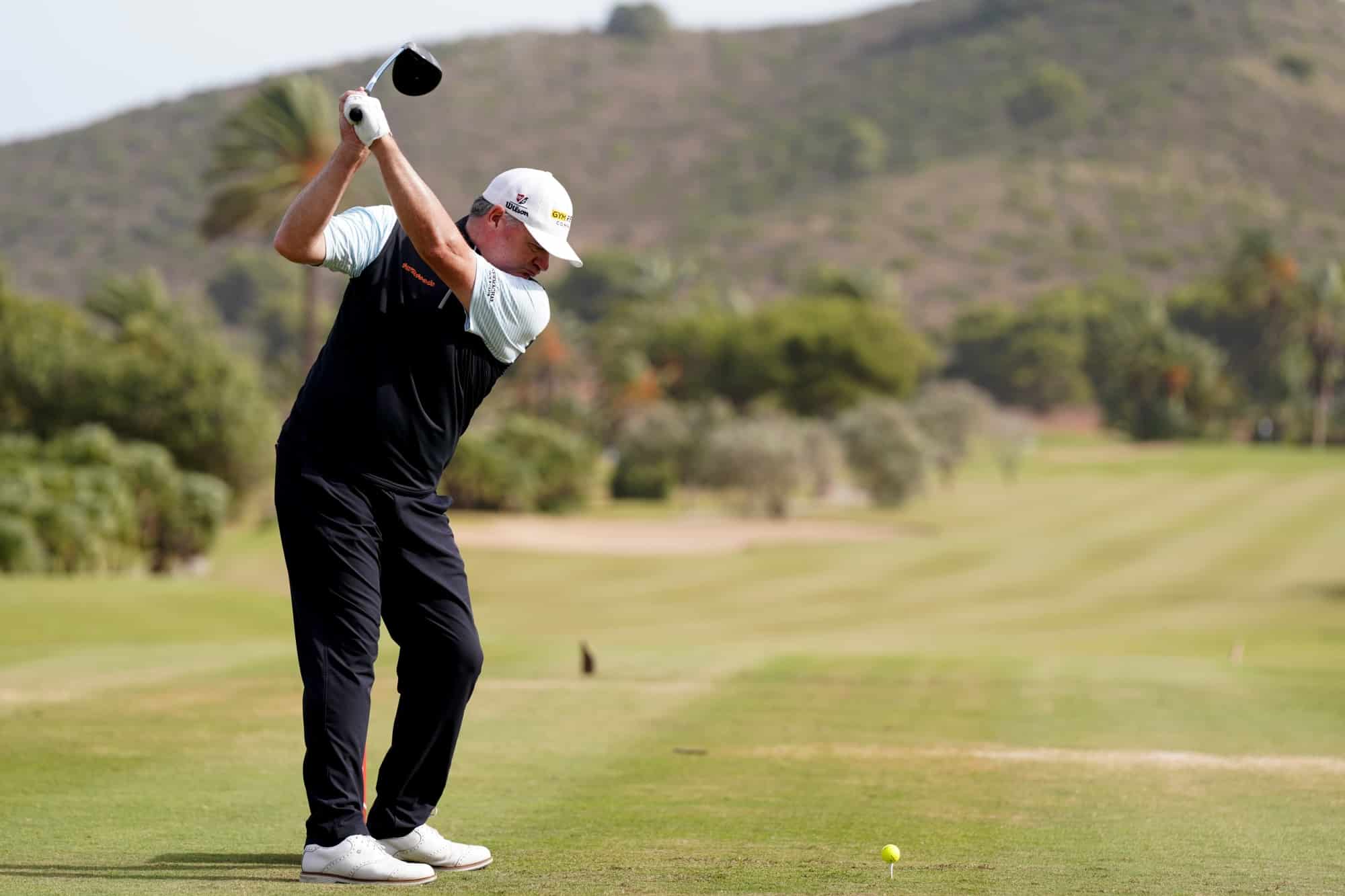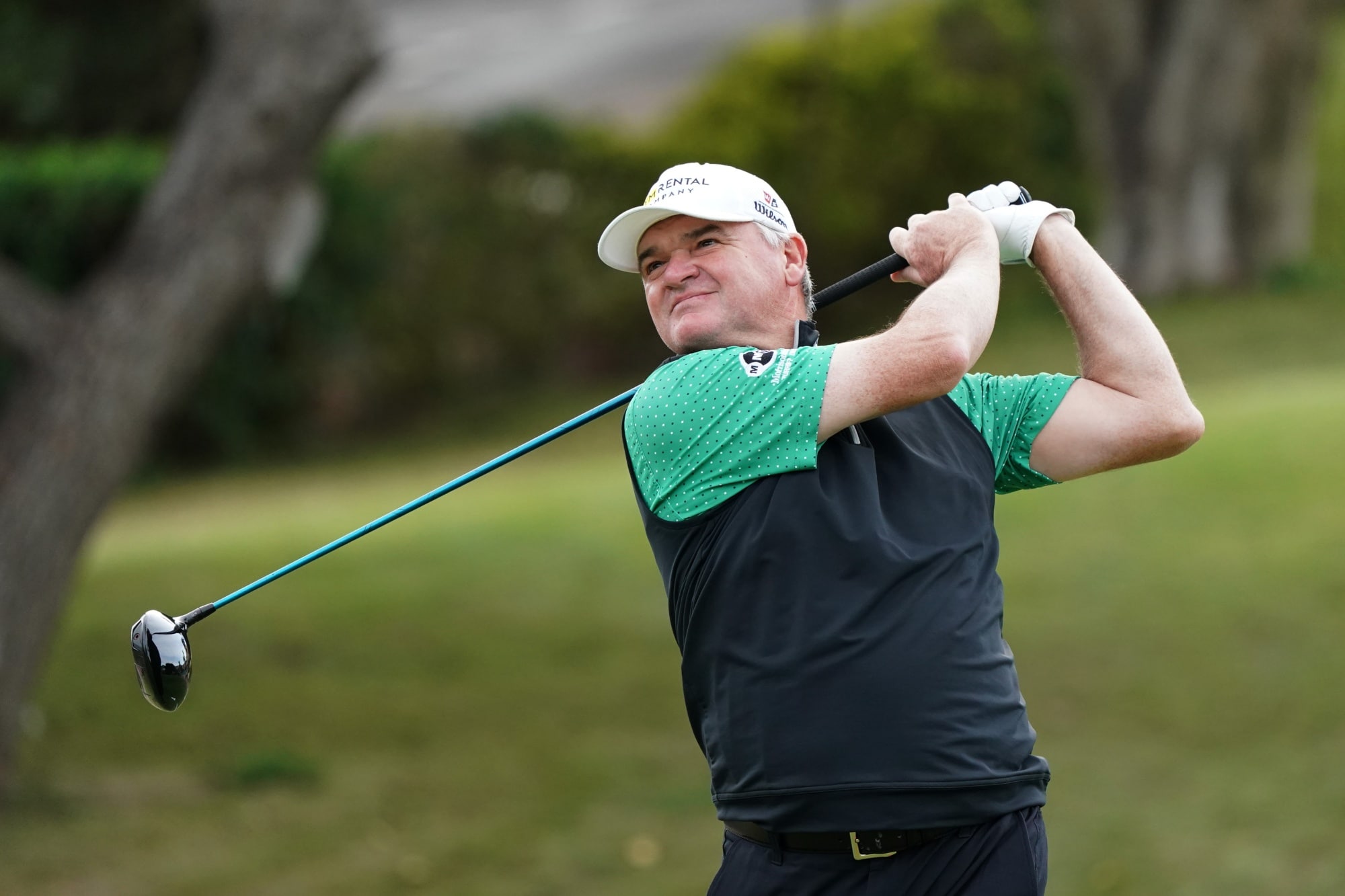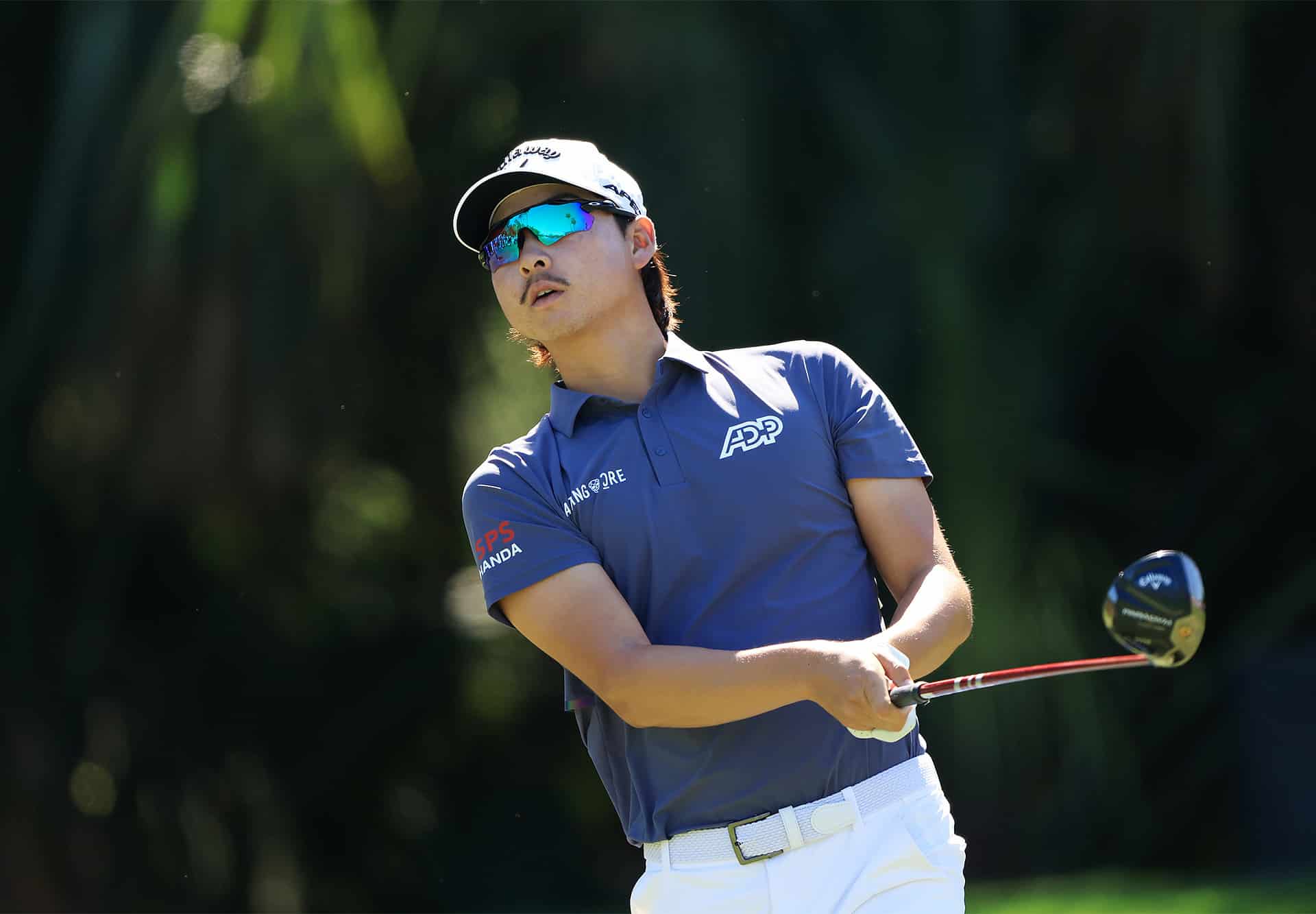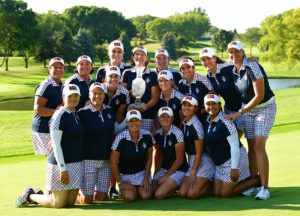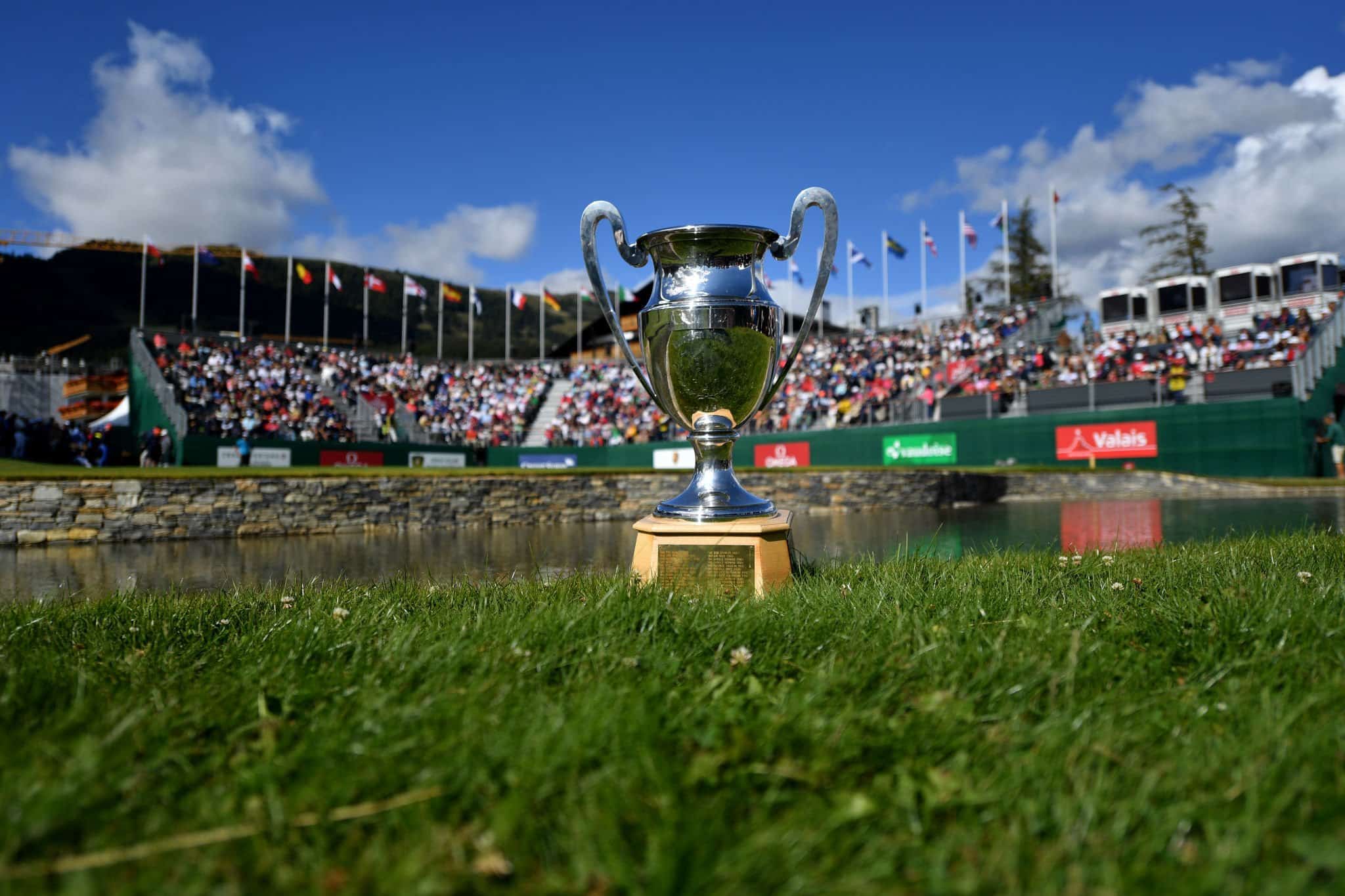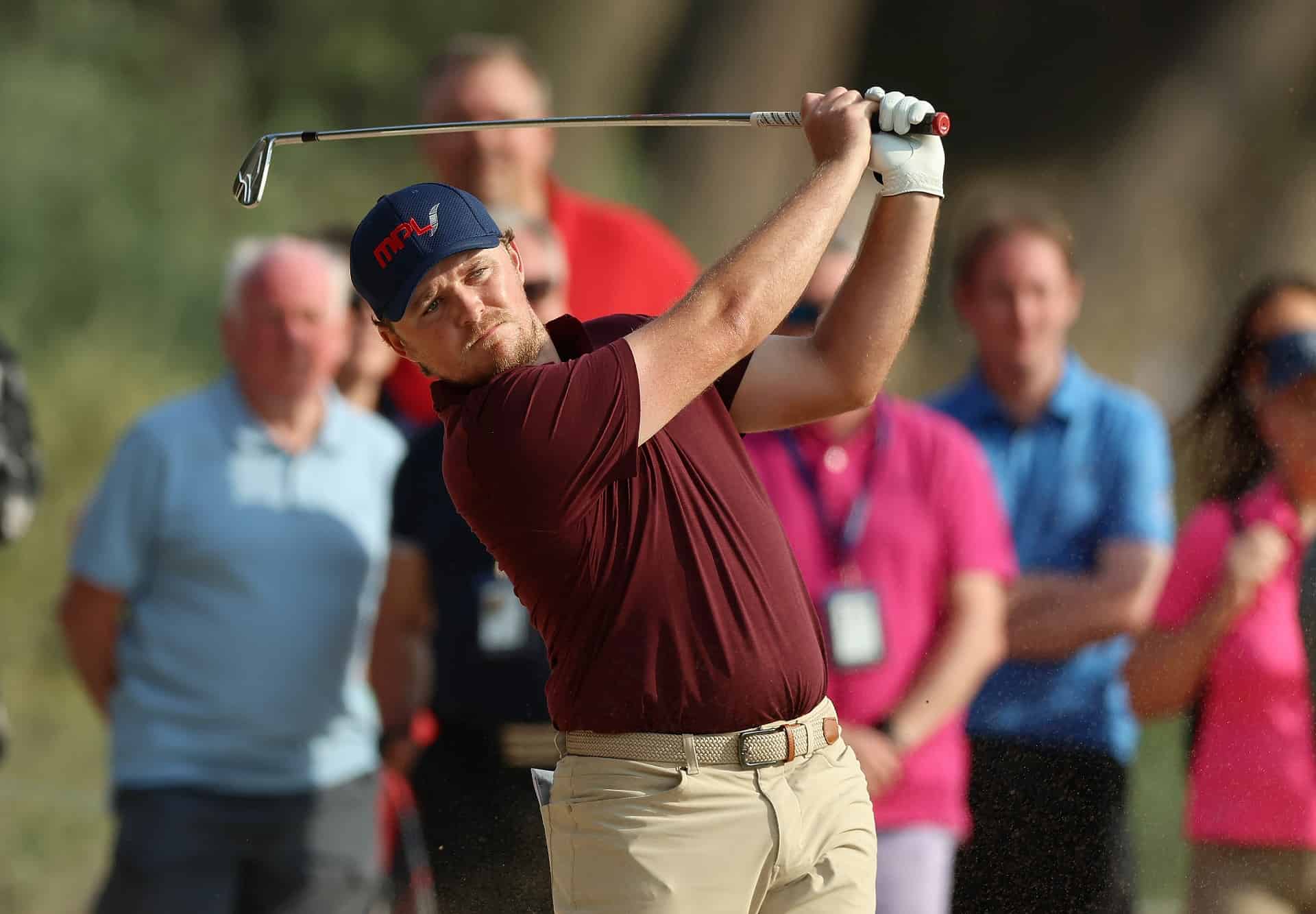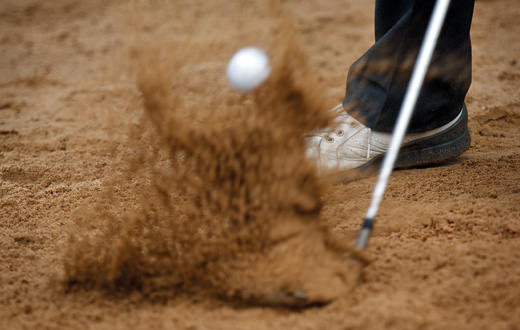
Gear: A wedge chat with Wilson Staff’s Michael Vrska
What will set apart the new FG Tour TC wedges from what is currently on the market?
Michael Vrska (MV) – The main improvements are spin, especially on partial shots, along with the ability for players to get wedges that truly fit their swing and the courses they play. The FG Tour TC Wedges incorporate Tour-proven world class technology and players will see that from the first shot.
Do you believe forged wedges are inherently superior to cast ones?
MV – No, not necessarily. Most of the popular wedges in the game today, including most of those played on Tour, are cast. If we get the center of gravity right, if we get the topline and the thickness in key areas right, the wedge will feel great – be it cast or forged.
How difficult is it to improve on the head shapes and performance of Vokeys, given their widespread reputation as the best on the market?
MV – I don’t think it is difficult at all. Titleist and Vokey make great products; no doubt. But so does Wilson Staff and our R&D team. The FG Tour TC Wedge is a classic blade style wedge, but it has real features and differentiated technology. The Traditional and Tour Grind soles, the new Tour-Y grooves, the Micro Spin lines between the grooves, the different loft and bounce combinations, the beautiful Tour frosted finish and the number of wedges that immediately went in the bags of our Tour players all demonstrates that we got it right and that we do have real points of difference. While I have great respect for the clubs that other manufacturers produce, I am more than willing to put our technology and products against them head-to-head anytime, including our wedges.
How does your new wedge compare to a classic Wilson sand wedge from, say, 50 years ago?
MV –We are very proud of the great Wilson Staff heritage – the fact that we have won more Majors than any other brand – and there are certainly old school design and shaping elements that we want to keep. But, technology has changed significantly in 50 years and it is critical that we stay in front of the technology and performance curves. As one example, there was no such thing as box or square grooves half a century ago. The FG Tour TC Wedges have our heritage built in, but more importantly, they have the latest technology that will help you play better golf today. We are proud of our history, but our R&D team is always looking forward.
Does the modern ball react differently off the face than used to be the case?
MV – Absolutely. In fact, you don’t need to go back that far, maybe 10 or 15 years, to see that the golf ball has changed in a meaningful way. It has really affected how clubs are designed, from drivers, to the near death of long irons and the birth and rise in hybrids down to the wedges. For wedges, the big difference is in spin and creating wedges that can spin for all shots, not just full swings, which is why our Traction Control technology is so important.
How much Tour player feedback did you use in the design of your new wedges?
MV – A lot, and that is true for all of our FG Tour products. We took shape and sole feedback from our Tour players about our last wedges, which provided a starting point. The very first samples were tested at the European Tour event in Spain and one of the PGA Tour stops in Florida, coupled with our normal R&D robot and player testing. We then refined the wedges based on what we heard from the players and the test data we received. That cycle continued until the Tour players tested the wedges and asked if they could put it in the bag. Then we knew we had it. The same level of extensive testing goes into all new Wilson Staff products.
Most players should be playing four wedges. A PW, that usually comes with their set, a GW, which comes standard (at least in the US) in more and more sets these days and most players should be considering adding a SW and a LW.
What’s the biggest misconception golfers have about wedges?
MV – That is easy: bounce. Most amateur players don’t understand exactly what it is or what it does or how to use it to better their game. I think there is a stereotype that all good players use low bounce and all higher handicap players need high bounce, which just isn’t true. They also don’t understand that even on Tour there are players who use low bounce, medium bounce and high bounce wedges. It is really player dependent, with course conditions also being a factor.
Typically, how many wedges would you recommend an average club player should carry and what lofts?
MV – Most players should be playing four wedges. A PW, that usually comes with their set, a GW, which comes standard (at least in the US) in more and more sets these days and most players should be considering adding to their bag, a SW and a LW. Having said that though, what is most critical is having consistent distance gaps between the wedges on full swings and being able to hit all of the shots around the green.
Can the average player get any benefit from a lob wedge with more than 60˚ of loft?
MV – Some players will benefit from more loft in their lob wedge. If their swing is more shallow, some call it a sweep type swing, they typically can handle a wedge with more loft. Also, if a player’s home course forces a lot of short pitches around the green or over bunkers, the additional loft will help them hit it higher and land softer.
Do you agree that bounce is the club golfer’s friend and why?
MV – For many amateur players, absolutely. Bounce prevents the sole digging into the ground and fat shots are the enemy of golfers everywhere. Bounce helps in long grass, in sand and, when used properly, around the greens as well. You will hear pros talk about “using the bounce” on chip and pitch shots a lot. All amateur golfers will benefit from getting fit for wedges, especially for bounce, as well as loft, length and lie angle.
What are the main benefits, if any, of carrying a specialist pitching wedge (46-48˚) over a standard pitching wedge from a set of irons?
MV – That is entirely player dependent, but I would only recommend taking out the PW from their set for accomplished, low handicap players. The PW that comes in sets has been designed to gap distance-wise with the rest of the set and should be fit perfectly with the short irons. For the better player, if the PW in the set doesn’t work for a particular shot that player needs to hit, then there may be a reason to pick up a separate wedge. There certainly are Tour players who do that, but the vast majority on Tour still use the PW that comes in their set.
Would you recommend a particular loft and bounce combination for use out of sand and if so why?
MV – Without knowing the players swing type or angle of attack, the type of sand they typically play in and their typical miss trying to hit a bunker shot, it is impossible to make any blanket loft and bounce recommendations. Though I will say to the players that struggle to get out of bunkers, that unless the course they usually play has really firm sand, that more bounce is better and will make it easier for them. So in that case, a 56° wedge with 12°-15° or more of bounce would be a good starting point.
Is it true that most pros use softer shafts and grips in their wedges for feel – and can club players gain an advantage from doing the same?
MV – I wouldn’t say most pros, though there are certainly some that do use slightly softer shafts on their wedges. The reasoning for that is that most wedge shots are less than full swings, so a softer shaft can provide more feel for some players with those partial shots. I am not aware of any players who use softer grips in their wedges though. Now whether or not that will help the average club player is really a matter of getting fit properly.


